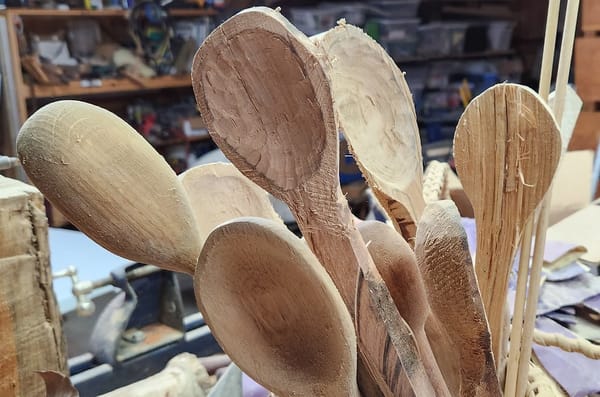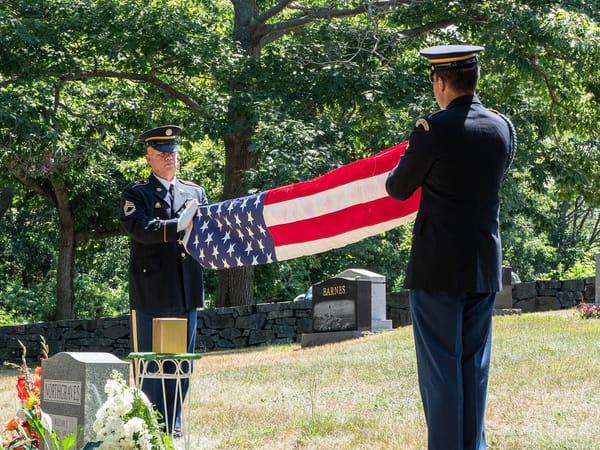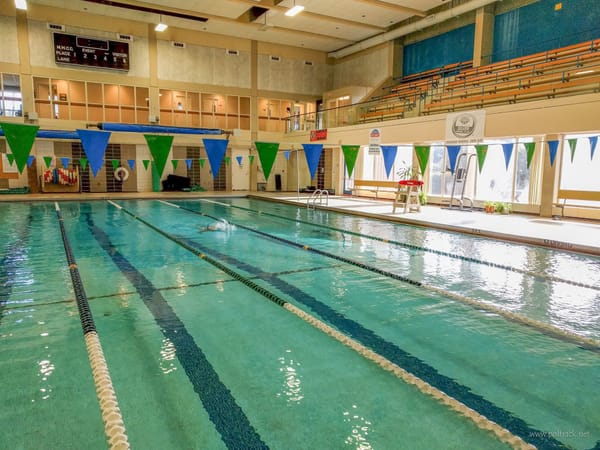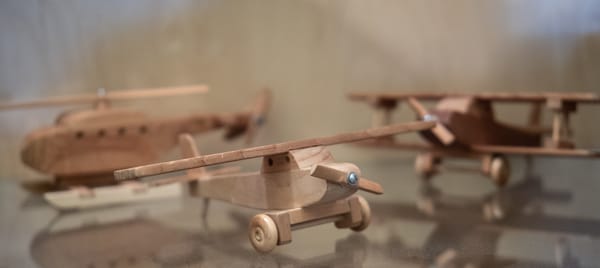Infrared Photography
When I purchased a new camera I had the older models converted to capture infrared images. This is a portfolio of the images with different infrared filters.
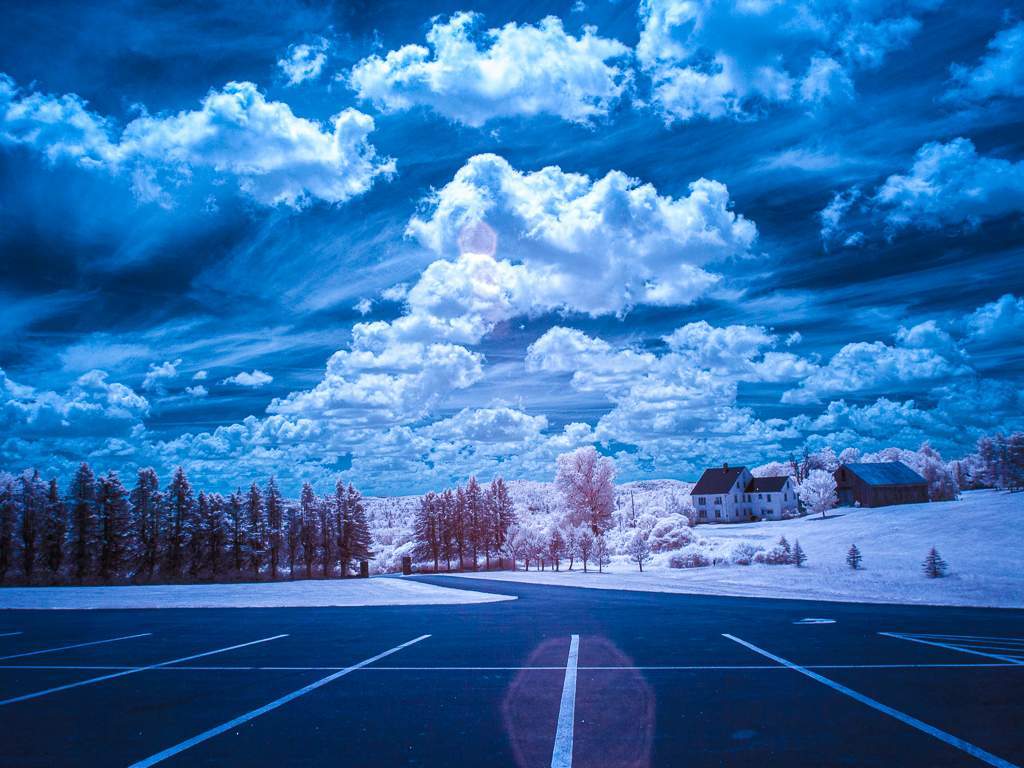
The Wood Effect
The first infrared photos were published in 1910 by Robert W. Wood who did much work with both infrared and ultraviolet light. His infrared photos required long exposures so he concentrated on landscapes. Foliage is highly reflective of infrared light and the resultant ghostly images were called the "Wood Effect".
Kodak Infrared Aerochrome Film
I experimented a bit with infrared film in the 1960s and 1970s when it was still possible to buy Aero film. This film was developed in WWII for aerial surveillance. It was a false color film which rendered foliage as a pink color. Camouflage material did not reflect the infrared light in the same way which was useful in wartime. This photography also penetrated the haze revealing clear images. It was a popular medium for artists during the 1970s and was featured on many album covers such as Jimmy Hendrix, Donovan and the Grateful Dead. I took this photo of my girlfriend (now my wife) probably sometime in the early 1970s. These were the colors that were rendered on the film. It is untouched.
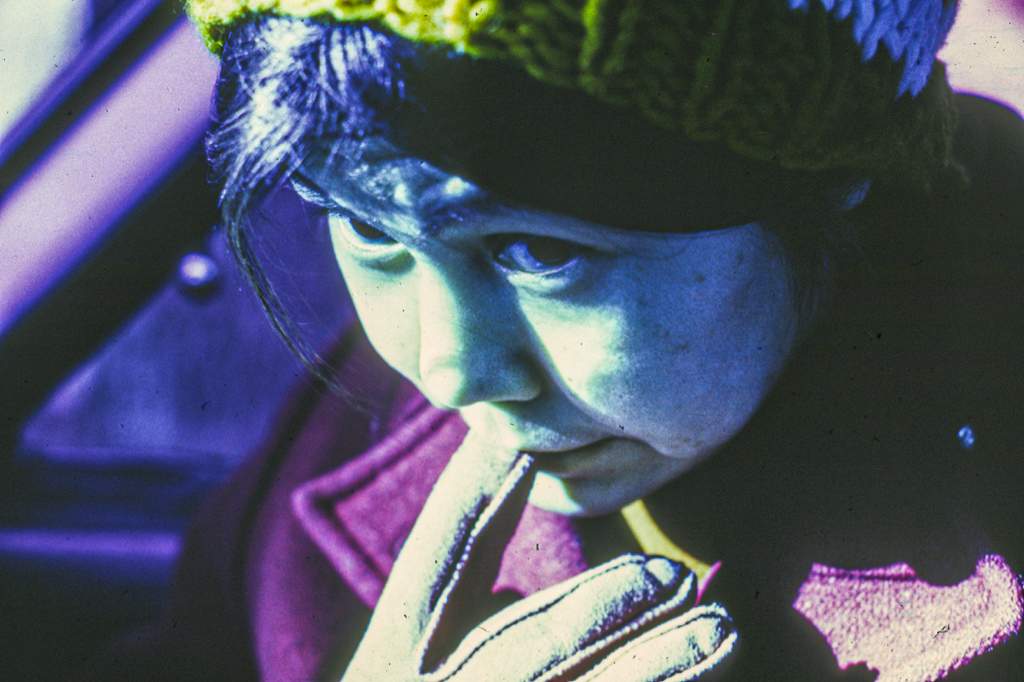
It was an expensive film and hard to find in the 1970s. It is almost impossible to find now. There was an issue of getting tack sharp photos due to the optics of a longer wavelength. It was just novelty.
Focus
If you looked carefully at the lens on SLR camera you would notice a small red mark next to the focus marker. The optical viewfinder did not accurately show when the photo was in focus. Due to the longer wavelength, the lens needed to be nudged slightly. The smaller red marker was there specifically for shooting with infrared film.
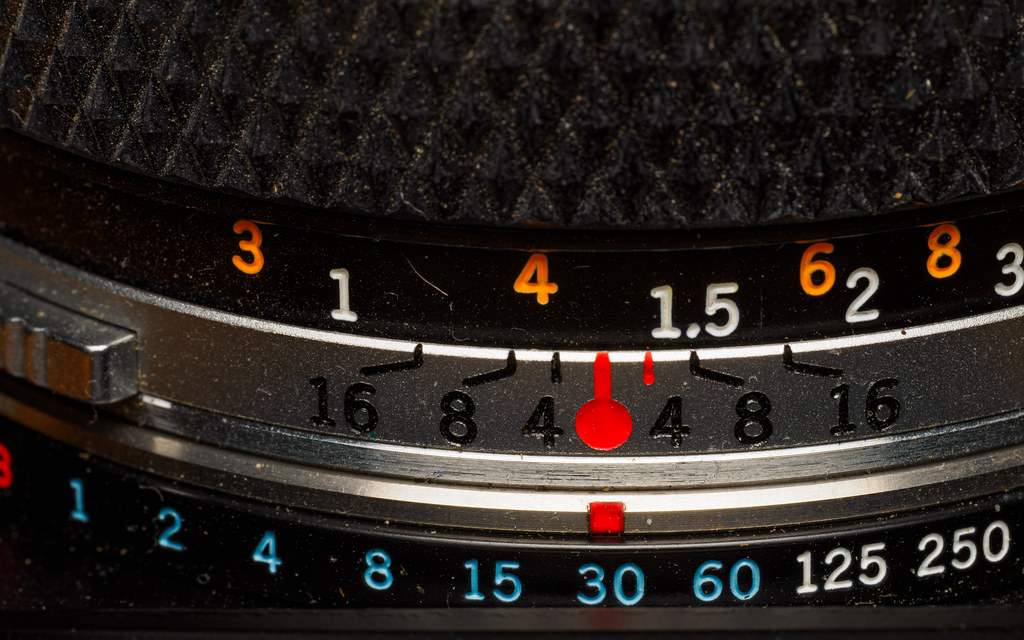
Digital Infrared Photography
I initially followed in the footsteps of Robert W. Wood with long exposures with a infrared filter. These are very dark and it took forever to get a usable photo. I still have the filter, but i never use it. I needed a conversion.
I had several older digital cameras which really had no resale value. They devaluate rather quickly. They were mirrorless 4/3 cameras manufactured by Olympus. I learned that they could be converted to cameras that would only take infrared photos. The LifePixel company would remove the infrared BLOCKING filter and replace it with a infrared PASSING filter. Focus was not an issue since that is handled by the mirrorless technology. The camera would be useless for regular photography but of more use than sitting in a drawer gathering dust.
The Infrared Spectrum 700nm - 900nm
LifePixel sells a variety of conversion filters. I started with a 720nm which gave me nice black and white images with dark skies, detailed clouds and white foliage. Later I converted another camera to use a 590nm filter. It allowed some visible light which produced some false color mimicking the old Aerochrome film. When I replaced my last camera I decided to go as a far in the spectrum as possible with a 830nm filter. I'm just beginning to explore what that can do.
